
La suspensión del apoyo del gobierno estadounidense dejó a decenas de redacciones latinoamericanas peleando por no desaparecer. Aunque algunas están explorando nuevas fuentes de ingresos, la mayoría aún enfrenta una dura batalla por su sostenibilidad.
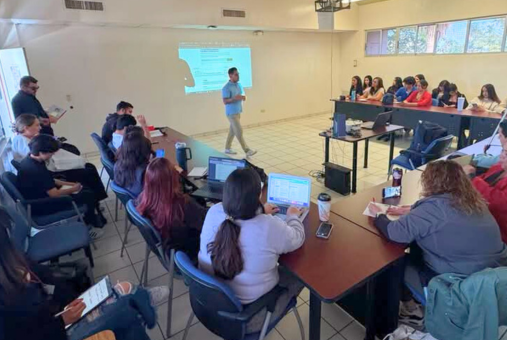
Cada vez más programas de periodismo en América Latina están incorporando cursos sobre emprendimiento. Sin embargo, persisten retos como la dificultad para actualizar al profesorado y la burocracia institucional.
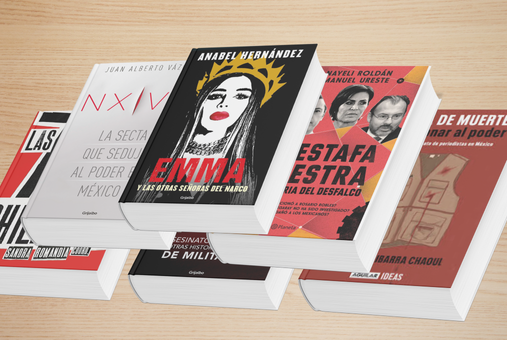
Aunque no suelen representar ingresos extras significativos, los libros de periodismo de investigación ofrecen oportunidades de reflexión, prestigio y respaldo editorial, lo que los convierte en una alternativa ante la precariedad y los ataques al periodismo en México.

Después de que inundaciones desplazaran a 615.000 personas en el sur de Brasil, los medios de comunicación locales tuvieron dificultades para mantenerse activos. Ahora, Reporteros Sin Fronteras ha lanzado un proyecto para ayudar a los pequeños medios a prepararse para futuras crisis.

En el 18º Coloquio Iberoamericano de Periodismo Digital, directoras de SembraMedia compartieron claves para ver a la sostenibilidad como un proceso diario y colectivo para el periodismo independiente

Durante el 18º Coloquio Iberoamericano sobre Periodismo Digital, la directora regional del International Fund for Public Interest Media compartió lecciones aprendidas en los dos años desde el lanzamiento del fondo en América Latina.
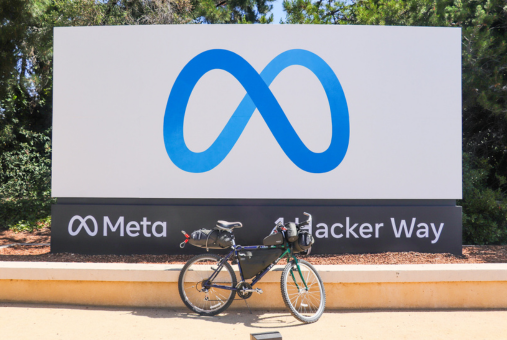
La sustitución en Estados Unidos de los verificadores de datos profesionales por notas de la comunidad podría ser señal de un retroceso global de los controles de la desinformación.
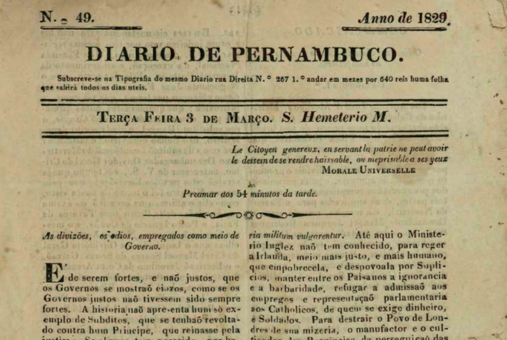
El Diário de Pernambuco ha informado sobre la monarquía, pandemias y guerras. Ahora lucha por pagar sus deudas y seguir contando las historias de Brasil.
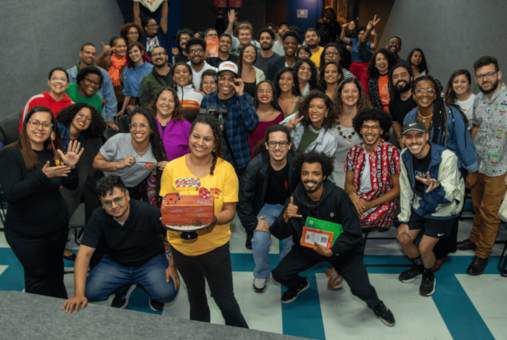
El libro “Ladrillo a ladrillo” explica cómo los medios de comunicación nativos digitales de Brasil y Colombia están fomentando comunidades de apoyo financiero para sustentar al periodismo. Es un ejercicio de persistencia y resistencia.
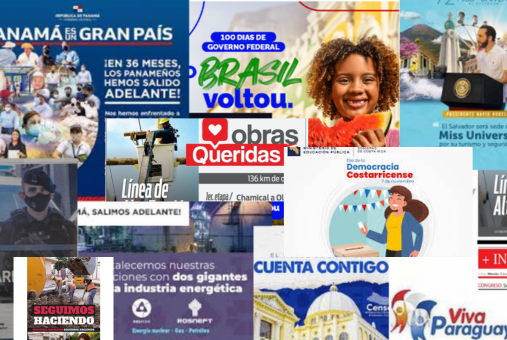
Un análisis de la publicidad oficial en 11 países de la región muestra cómo los gobiernos hacen mal uso de los fondos, recompensando a los medios leales y poniendo en peligro a los independientes.

Investigadores afirman que el Desafío de Innovación de Google fomenta la dependencia de las organizaciones de noticias en las empresas tecnológicas. Organizaciones dijeron a LJR que participar en el programa condujo a otros tipos de financiamiento.

La revista Gatopardo reinventa sus productos impresos y digitales para que su reconocido periodismo de largo aliento y gran formato visual pueda seguir influyendo en la región.